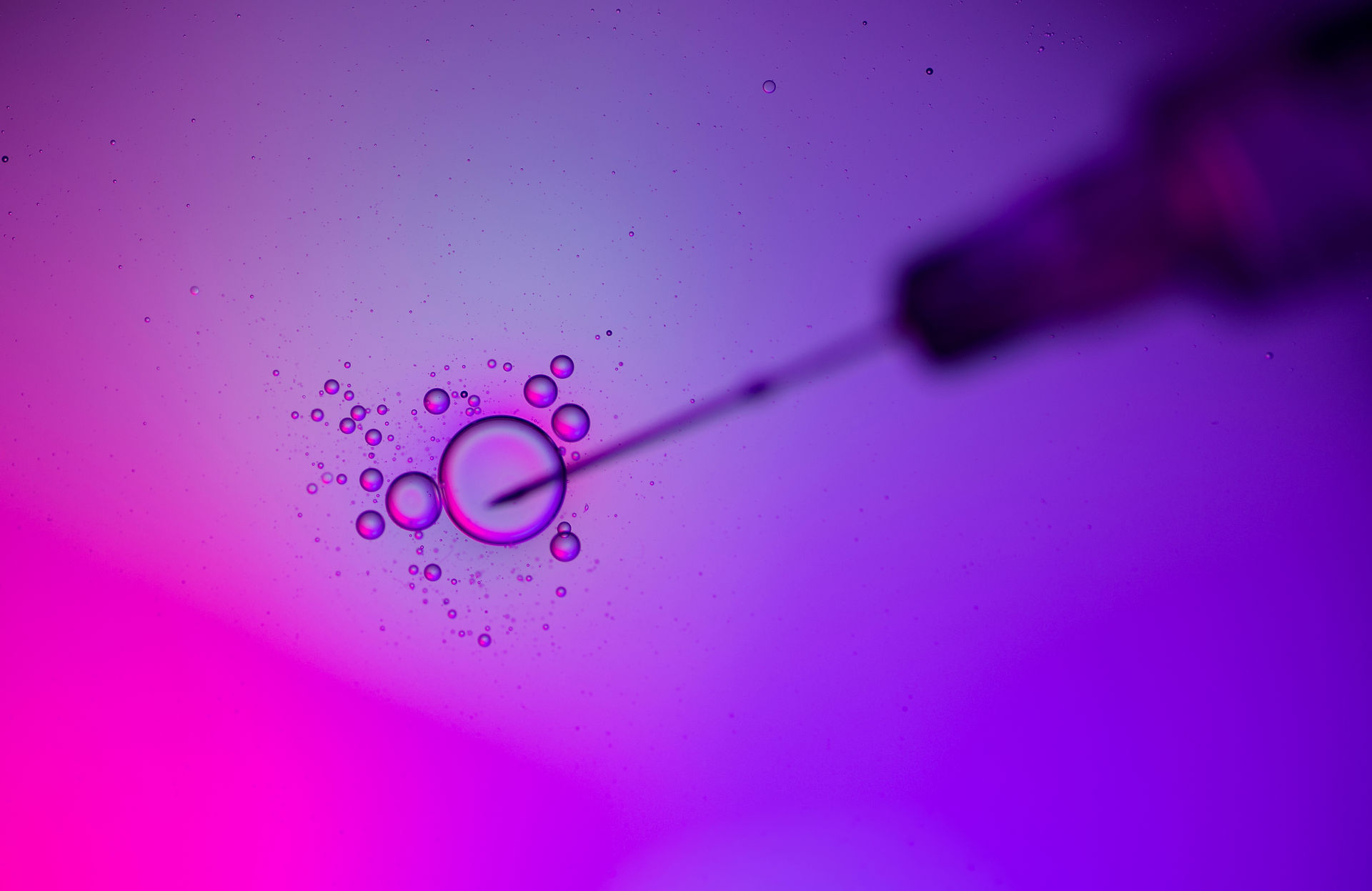
Example: Derivatization Method for Steroids and LC MS Analysis
Methods like these can be transferred across instruments,
with optimization of LC-ESI-MS parameters for maximum signal response
Testosterone Assay Protocol
Chemicals:
-
Precipitating solution (Methanol)
-
Derivatization solution (Amplifex Keto Reagent Kit)
-
Mobile phases: LC/MS-grade water with 0.1% formic acid (Solvent A) and LC/MS-grade acetonitrile with 0.1% formic acid (Solvent B)
-
Testosterone standard
-
Testosterone-D3 internal standard
Materials:
-
0.3 mL microcentrifuge tubes (labeled)
-
Repeater pipette
-
Calibrated micropipettes (various volumes)
-
Micropipette tips (appropriate sizes and colors)
-
Refrigerator
-
Refrigerated centrifuge
-
SpeedVac dryer with 96-well plate carrier
-
96-well plate
-
Pre-pierced silicon sealing mat
-
LC-MS/MS system
-
Accucore RP-MS HPLC column (100 x 2.1 mm, 2.6 μm)
-
Personal protective equipment (PPE)
Instrumentation:
-
Centrifuge: Eppendorf 5417R (samples centrifuged below 10°C, 10 min, 20,000 rcf)
-
SpeedVac: Savant AES1010 (supernatant dried at low heat)
-
HPLC: Thermo Scientific Accela (lines checked for air bubbles and purged if necessary)
-
Mass Spectrometer: Thermo Scientific TSQ Quantum Ultra (HESI II probe installed at position C)
Extraction Procedure:
-
Add 50 µL of thawed, vortexed sample to a labeled microcentrifuge tube using a P200 pipette.
-
Add 20 µL of Testosterone-D3 internal standard using a P20 pipette.
-
Equilibrate for at least 30 min at <10°C.
-
Add 200 µL of 100% methanol using a repeater pipette. Vortex to mix.
-
Cool at <10°C for 30 minutes to precipitate proteins.
-
Centrifuge at 20,000 rcf for 10 min at <10°C.
-
Transfer 200 µL of supernatant to a 96-well plate using a P200 pipette, leaving the protein pellet behind.
-
Dry the supernatant using a SpeedVac.
-
Derivatize by adding 80 µL of derivatizing reagent (1:1 Amplifex Keto Reagent:Amplifex Keto Diluent). Vortex.
-
Incubate at room temperature for 60 min.
-
Quench the reaction by adding 80 µL of water. Vortex.
-
Load samples into the autosampler.
Data Collection:
-
Use an Accucore RP-MS (100 x 2.1 mm, 2.6 μm) HPLC column.
-
Run a sequence: two methanol blanks, unknown samples, two methanol blanks, standard curve (low to high), two methanol blanks, unknown samples, etc. (96 unknown samples between blanks and curves).
-
Injection volume: 10 µL.
Gradient Information:
-
Flow rate: 600 µL/min
-
Run duration: 2 min
-
Initial conditions: 70% Solvent A (0.1% FA in water)
-
Solvent B (0.1% FA in acetonitrile): Linearly increase to 35% by 0.8 min, then to 80% by 1.0 min (held until 1.9 min). Return to 70% Solvent A by 2 min.
Instrument Parameters:
-
HESI Probe: Positive (+)
-
Probe Temperature: 300°C
-
Spray Voltage: 2500 V
-
Capillary Temperature: 300°C
-
Sheath Gas: 50
-
Auxiliary Gas: 20
-
Sweep Gas: 1
-
Nitrogen Collision Gas Pressure: 1.5 mTorr
-
Tune Lens: 88
-
Collision Energy: 60 eV
-
SRM: Testosterone 403.303→164.200; Testosterone-D3 406.303→164.200
Data Processing:
-
Integrate each of the two derivatized testosterone peaks independently. Calculate the testosterone:testosterone-D3 peak ratio for each peak.
-
Sum the peak area ratios (Total Peak Area Ratio).
-
Plot the standard curve (testosterone concentration vs. Total Peak Area Ratio).
-
Calculate unknown sample testosterone concentrations from the standard curve using reverse prediction.








